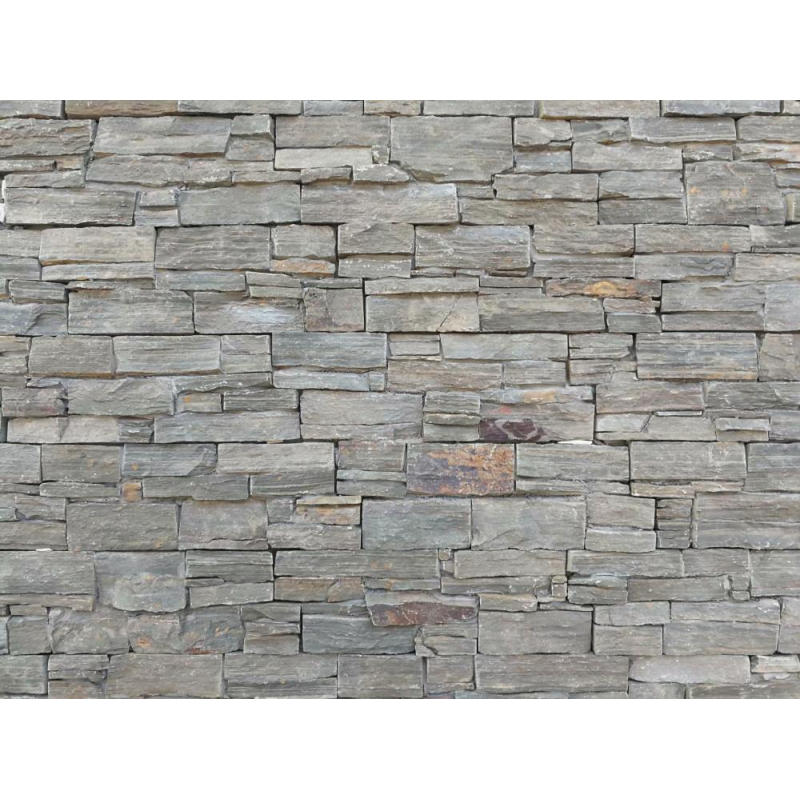
Vato voajanahary dia iray amin'ireo fitaovana fampiasa matetika ampiasaina amin'ny trano sy zaridaina. Saingy efa nijanona ve ianao mba hanontany tena hoe avy aiza ny taila vato, biriky, na gorodona manokana?

Natural stone was created thousands of years ago when the Earth was just a ball of mineral gases. As these gases began to cool down, they compressed and solidified to form the world we know today. It was during this process that natural stone was formed – the type of stone created depends on what type of minerals were combined at that time. This was a slow process that occurred over millions of years. As the Earth began to settle, many of these seams of stone were gradually pushed to the surface by heat and pressure, creating the large formations we see today.
Stone can come from anywhere in the world, and the type of stone is determined by its origins. There are quarries in America, Mexico, Canada, Italy, Turkey, Australia, and Brazil, as well as many other countries around the globe. Some countries have multiple natural stone quarries, whilst others only have a few. Let’s look in closer detail at where particular stones originate and how they were formed.
Marbra is the result of limestone that has been altered through heat and pressure. It’s a versatile stone that can be used on virtually anything – statues, stairs, walls, bathrooms, counter tops, and more. Usually seen in white, marble is also common in black and grey tints, and has great weather endurance.
Quartzite dia avy amin'ny vato fasika izay novaina tamin'ny alalan'ny hafanana sy ny famoretana. Ny vato matetika dia tonga amin'ny fotsy, saingy mety ho hita amin'ny loko volontsôkôlà, volondavenona, na maitso. Iray amin'ireo karazana vato voajanahary mafy indrindra izy io, ka mahatonga azy io ho safidy tsara indrindra amin'ny fananganana facades, countertops ary rafitra hafa izay mitaky vato mavesatra.
granita tany am-boalohany dia vato mivaivay nipoitra tamin'ny magma (lava) ary novaina tamin'ny alàlan'ny fitrandrahana mineraly samihafa. Ny vato dia matetika hita any amin'ny firenena izay nahitana volkano avo be amin'ny fotoana iray, ary misy amin'ny loko maro isan-karazany manomboka amin'ny mainty, volontany, mena, fotsy, ary saika ny loko rehetra eo anelanelany. Ny granita dia safidy tsara ho an'ny lakozia sy ny efitra fandroana noho ny toetrany antibacterial.
vatosokay dia vokatry ny famoretana ny haran-dranomasina sy ny akorandriaka ary ny zavamananaina hafa an-dranomasina miaraka. Misy karazany roa ny vatosokay, ny karazana mafy kokoa izay feno kalsioma, ary ny karazana malemy kokoa misy magnesium. Ny vatosokay mafy dia matetika ampiasaina amin'ny indostrian'ny fanorenana, na nototoina ary ampiasaina amin'ny fako noho ny kalitaony tsy tantera-drano.
Bluestone is sometimes referred to as basalt, and is one of the most common natural stones around the world. Bluestone forms through the alteration of lava, and because of this, is one of the closest stones to the Earth’s surface. Basalt is generally darker in colour, and is used as house roofing and floor tiles because of its hard texture.
bato dia noforonina rehefa niova ny sediment shale sy fotaka noho ny hafanana sy ny tsindry. Misy amin'ny loko mainty, volomparasy, manga, maitso ary volondavenona, ny slate dia lasa safidy malaza amin'ny tafo satria azo tapahina manify sy mahatohitra ny hafanana mangatsiaka ary misy fahasimbana kely. Ny slate koa dia matetika ampiasaina ho gorodona noho ny toetrany maharitra.
Travertine is created when floodwaters wash through limestone, leaving mineral deposits throughout. As it dries out, the extra minerals solidify to gradually create a much denser material called travertine. This stone is good as a replacement for marble or granite, as it’s much lighter and easier to work with, yet still durable. For this reason travertine is often used on floors or walls, and is estimated to last around fifty years if maintained regularly.